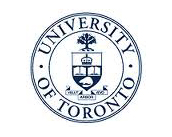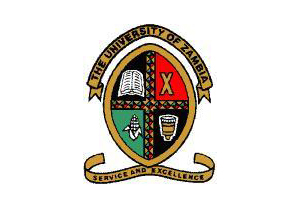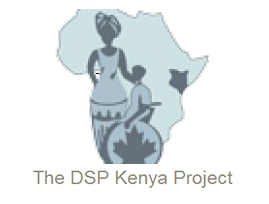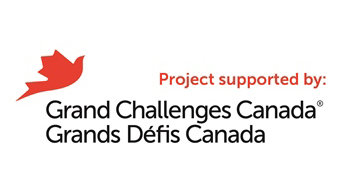4.3.11 – Neuromusculoskeletal and movement-related functions
A number of important and unique issues are involved when caring for children with impairments related to movement and coordination. The rehabilitation provider needs to consider:
- Presence of encephalopathy and developmental delay
- Spinal and corticospinal tract degeneration in children
- Peripheral neuropathy in children
- Muscle weakness due to atrophy
- Joint pain due to infection (e.g., septic arthritis)
Children with motor difficulties should be referred to a physiotherapist and occupational therapist if possible.
Red Flag: Any acute loss of previously mastered skills or fluctuations in levels of consciousness require urgent medical assessment.
Potential causes of these impairments and rehabilitation interventions are shown in the table below.
Table 4.3.11: Clinical Aspects of Movement and Coordination Impairments 18
| Impairment | Possible etiologies | Rehabilitation interventions |
|---|---|---|
| Generalized Hypotonia (low tone) and Delayed Achievement of Motor Milestones | Cerebral vascular disease Vasculitis |
|
Hypertonicity HIV encephalopathy |
Cerebral vascular disease Vasculitis HIV-related spinal or corticospinal tract degeneration Wallerian degeneration from white matter disease Stroke Spinal cord infections (e.g., CMV, HSV) Malignancies (e.g., lymphoma) |
Problems of Limited Mobility
Loss of Independence in Self-Care
|
| Weakness | Myopathy AZT-related HIV infection-related Peripheral neuropathy Drug-induced (e.g., AZT, ddl, d4T) |
|
Legend: AZT: zidovudine; CMV: cytomegalovirus; CNS: central nervous system; ddI: didanosine; HSV: herpes simplex virus
18 Naik T, Potterton J, Humphries C, Firth G 2018 A comparison of HIV infected to uninfected children with spastic diplegia in South Africa. Vulnerable Children and Youth Studies DOI:10.1080/17450128.2017.1417657

 Previous Page
Previous Page




